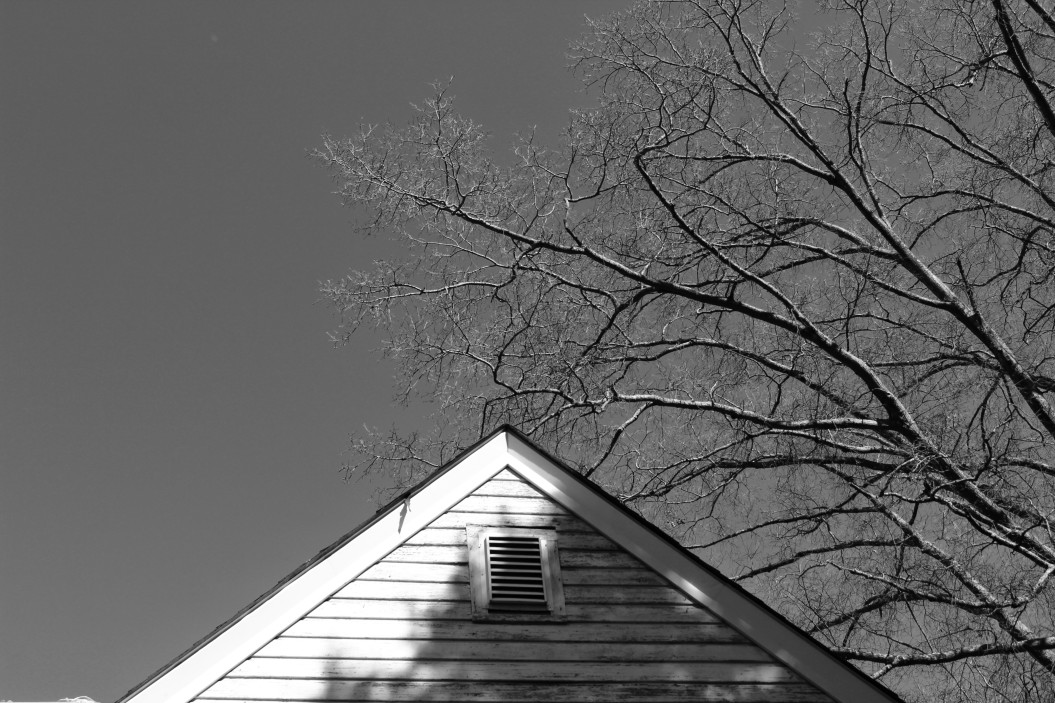Solar energy harnesses the sun’s light and converts it to free energy. However, a shadow from surrounding trees, towers, or buildings may significantly decrease the power generated by your solar system, even during bright days.
This article will discuss how shadow affects solar panels, which equipment you can use to maximise output, and if your land is too shaded for solar power.
Does direct sunlight needed for a solar panel?
To optimise their energy output, solar panels require continuous and direct access to sunshine. However, solar panels may still generate energy via direct sunlight due to shading problems or overcast days.
A shaded solar panel produces less energy. This may affect the return on your solar system since anything that lowers your system’s energy output equals less free power.
As long as you wish to limit the number of shades your solar panels receive, solar may still function in certain places with partial shades. However, if your system is fully covered for the bulk of the peak sun hours, solar energy may not be the greatest choice for you at this time unless the cause of the shadow can be removed.
How Do Shade Impact Solar Panels?
Every solar panel consists of solar cells. It will contain 64 cells or 72 cells, depending on the size of the panel. These cells are all linked inside the solar panel such that just a few cells may influence the output of the whole solar panel.
The shadow effect on the output of the solar panel relies on where the shade falls.
Solar panels are divided into three separate parts. Each section consists of one-third of the solar panel cells. Each one of them occupies its own bypass diode. If anything shadows part of one of these parts, the production of all cells in that area will be affected. However, if the other two parts are not shaded, power is still produced.
Equally, if two parts are shaded entirely or partly, one-third of the panel may generate power. If the shadow reaches cells in all three parts, there is little or no energy in the solar panel.
Without the bypass diode, a shadow in one cell may influence the production of the whole panel rather than the shaded portion.
For production, just a small quantity of shade is required. For example, just a few cells on the panel can conceal the shadows produced by a telephone line. However, if this shadow covers all three parts, it will affect the output of the solar panel’s three portions.
What Happens if the Shadows cover a Single Solar Panel?
If one of your solar panels is partly shaded, can the other solar panels function to the highest efficiency in full sunlight?
Not always. This depends on the kind of device you are installing.
Even a single shaded panel may affect the amount of energy produced by the un-shaded panels. But, again, this depends on the kind of inverter you choose to put on your system.
Another critical component of a solar system is inverters. They convert your solar panels into AC electricity that you may use at home, in your company, or on your farm. When it comes to inverters, there are three primary options: string inverters, micro-inverters, and String Inverter with Power Optimisers.
String Inverters
The most inexpensive and frequently installed kind of inverter is the string inverter. Many solar panels are linked to one inverter using a string inverter. These solar panel groupings are termed a string. If your system is large enough, you may have several inverters and various strings.
Every solar panel in a string can generate only as much energy as the least productive panel.
If you have one partly shaded solar panel, all the other solar panels in that string can only generate as much energy as the shaded panel regardless of the sunshine. This makes string inverters less suitable for solar systems placed in a partly shaded region.
Microinverters
On the other side, microinverters enable panel-level manufacturing. The micro inverter is placed on the bottom of each solar panel instead of one string inverter with numerous solar panels linked together.
Each solar panel, therefore, produces energy regardless of shadowing on the other solar panels. Thus, one partly shaded solar panel will not retain the complete sunshine output of the other solar panels.
Microinverters may be an excellent option in partly shaded regions for installing solar. However, while they may help you maximise the output of your solar system, they are usually more expensive than string inverters.
String Inverter with Power Optimisers
Power optimisers aren’t a kind of inverter precisely. Instead, systems with string inverters are installed. Optimisers provide micro-inverter-related panel-level tuning. That implies that if one solar panel is partly shaded, it won’t affect other solar panels’ output.
In general, a system using power optimisers and a string inverter is cheaper than a system using microinverters. But it still costs more than simply an inverter string.


